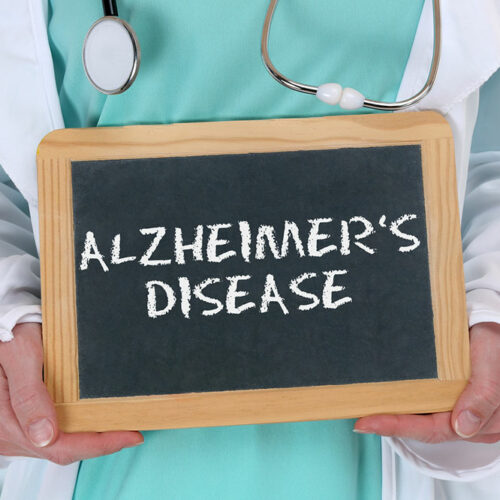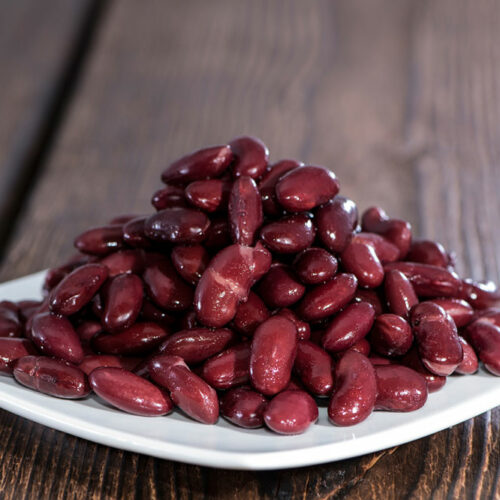Practical tips for managing ADHD in adults

Living with Attention Deficit Hyperactivity Disorder (ADHD) as an adult is challenging. ADHD can impact almost every aspect of an individual’s life, including personal and professional relationships. Further, it can also take a toll on one’s health. Even trivial day-to-day activities such as paying bills on time, managing work, and keeping up with the demands of family and friends can be overwhelming. Some common adult ADHD symptoms include disorganization, having a hard time meeting deadlines, and impulsive behavior. But the good news is that one can learn and practice certain skills that can help them manage the symptoms of ADHD. One can start by improving their daily habits, and slowly develop skills that can help them remain organized, improve interaction with friends and colleagues, and become efficient. Remember that these self-help tips for managing ADHD require patience, practice, and a positive attitude. That said, here are effective tips that one can employ to deal with ADHD. Organize every detail Lack of focus is one of the major symptoms of ADHD, which makes organizing anything one of the biggest challenges. However, one can learn to organize things in a better way by breaking down tasks into smaller steps and taking a systematic approach.






